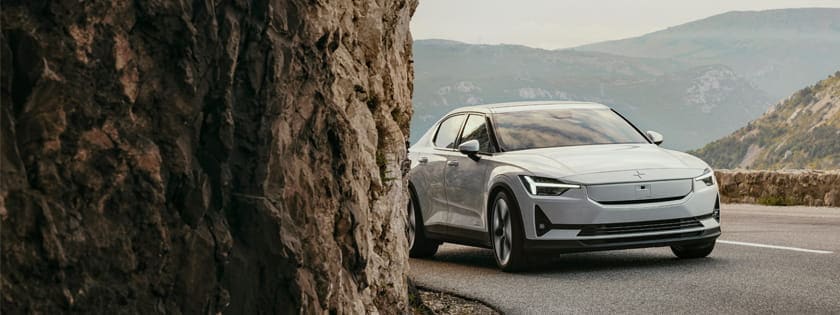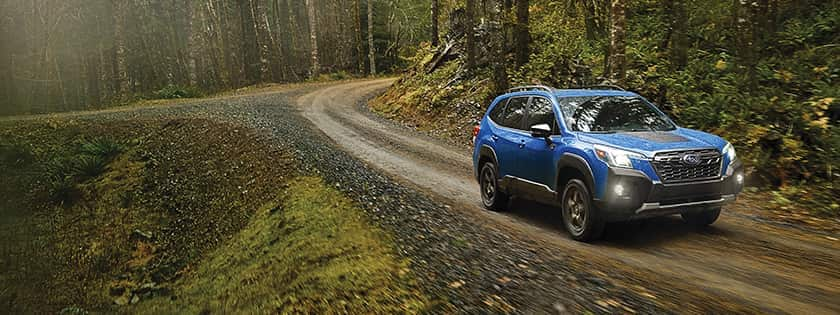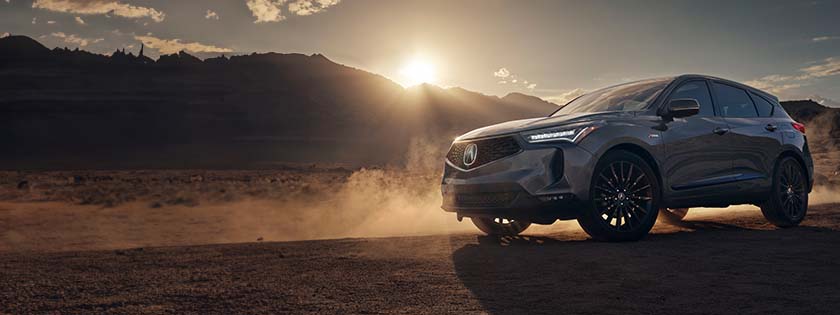Low back pain affects about eight out of 10 people at some point in their lives, according to the National Institutes of Health. If the pain drags on for three months, it's considered chronic.
Car Features for Drivers With Back Pain
Amenities That Support Aching Backs
At the root of low back pain are pinched nerves; painful muscles, tendons and ligaments; or herniated discs. (Discs are the spine's shock absorbers.)
Wherever your sore spot may be, low back problems can make driving painful. It's not just the amount of driving you do that can worsen your back pain. The smoothness of the ride and specific vehicle features, such as lumbar support and seat adjustability, can make or break your back comfort, experts say.
See Edmunds pricing data
Has Your Car's Value Changed?
Used car values are constantly changing. Edmunds lets you track your vehicle's value over time so you can decide when to sell or trade in.

The most back-friendly seats go easy on the side bolstering, as seen in this 2015 Buick Enclave.
Unfortunately, you can't expect that one single vehicle feature to yield a huge difference, says Dr. A.N. Shamie, professor and chief of orthopedic spine surgery at the University of California Los Angeles David Geffen School of Medicine. "It all matters a little bit," he says of back-friendly car features. "They have a cumulative benefit."
Here, then, is what to know about back-friendly car features when you're shopping for your next vehicle.
Smooth Rides
Rule No. 1 for anyone with back pain is to avoid "bouncy" cars, Shamie says. The "bouncier" the car, the more vibrations, he says. And vibrations are not your back's friend.
"We know that vibrations that are felt in your back could cause, over time, injury to the discs and soft tissues of the back," he says.
No. 1 on his list of models with "rough rides" is the Jeep Wrangler. While this SUV is a famously talented trail buster, it comes up short in the area of ride comfort.
To cut down on bounce and vibrations, opt for bigger cars rather than smaller ones, Shamie says. He's not against low-slung cars: "Being low to the road is OK as long as the shocks are OK," he says. Still, he points out that while a low-slung car can deliver an acceptably smooth ride, many of these models rate poorly when it comes to seat position.
Seat Type and Position
If you have back pain, avoid sport seats, says Dr. Michael Mizhiritsky, a physiatrist and attending physician at Lenox Hill Hospital in New York. Sport seats are close-fitting bucket seats designed to keep drivers in place during twists and turns, and they're commonly found in sports cars. Their generous side bolstering can be uncomfortably intrusive for drivers with sore backs, and can make ingress and egress challenging and painful.
Choose a vehicle with seats that strike the right balance between firmness and pliability. "The ideal seat is not too soft, not too hard," Mizhiritsky says. The older the car, the more likely that the seat has gotten softer, which is not ideal for back comfort, he says. "We sink in, and as we sink in, the muscles, with time, can weaken."
"When the seat is too hard, we tend to arch our backs and this puts a strain on our backs as well," Mizhiritsky says.
Pay attention to your position in the seat. It's not good to have your knees above your hip joints, says Shamie. Ideally, both knees and hips should be at a 90-degree angle when you're in the seat, he says.
"The deeper the seat, the more your back is 'crunched,"' Shamie says.
Opt for a vehicle whose seats support your legs, says Greg Brncick, engineering director, comfort and trim with Faurecia, a specialist in automotive seating and interior systems. "Poor leg support can lead to back pain."
Seats with adjustments for cushion angle and length provide thorough leg support that can reduce transferred stress to your back, says Brncick.
Choose a vehicle that allows you to easily change your seating position every 30 minutes or so on longer trips, since altering your position can lessen back strain.
"Changing your posture from time to time will help your sitting endurance, but be sure to adapt your headrest, lumbar and cushion length to your new position," Brncick says.
If you drive a premium vehicle, find one that has memory to preset these different postures, he says. "This will make it easy to change from one posture to the other."
Lumbar Support
Right off the bat, we're troubling the back when we're driving, Mizhiritsky says. "Sitting down in a car is not a natural ergonomic position."
However, the majority of vehicles now offer adjustable lumbar support as standard or optional equipment, and that can help, Mizhiritsky says.
"There is no ideal lumbar support," Shamie adds. "That is why [car seats] are adjustable. [They] should be adjusted to fill the small of your back," he says.
The more settings the system offers, the better. Pneumatic lumbar systems that feature four-way support (up, down, in and out) offer the kind of adjustability that fosters comfort, says Samuel Baudu, Faurecia's senior comfort expert.
The goal of the seat's lumbar support, Shamie says, is to maintain lumbar lordosis, which is the natural curvature of the lower spine just above the buttocks.
If your spine flexes forward too much, you are loading your discs more, potentially leading to pain, or more pain, says Shamie.
Heated Seats
Heated seats are in the "can't hurt" category, Mizhiritsky and Shamie agree.
Heat in general is good for the back, Mizhiritsky says. However, he is not sure that the heat from vehicle seats is capable of penetrating deeply enough to reach the muscle tissue, especially when people are bundled up in winter clothes.
Baudu, however, is bullish on this feature's value. "Heated seats that enable you to control the temperature on a painful zone can be helpful and complementary to conventional therapies," he says.
Years ago, heated seats were only available in luxury cars and SUVs. These days, this feature is widely offered, and is available even in economy-priced models.
Massaging Seats
Save your money if you expect a seat massage to help your back pain, say Mizhiritsky and Shamie. "There's no effect really," Mizhiritsky says.
But Brncick offers another perspective. This feature can help back pain sufferers during longer commutes, he says. "Vehicles with integrated massage functions constantly vary the pressure on your body, which can help increase sitting endurance."
What's Next for Our Aching Backs?
Some experts believe we're on the cusp of a shift that will bring seat comfort and fit to a whole new level.
Faurecia is currently developing smart comfort systems for car seats and interiors, Brncick says. These systems will be able to tailor the fit and experience of the seats to the unique shape and needs of the occupant, he says.
Faurecia is exploring numerous dynamic criteria for these emerging systems. For example, researchers are using pressure mapping to assess posture and ensure equilibrium on the seat, Brncick says. And they are using physiological measurements such as muscle oxygenation to validate comfort enhancement during long-term driving, he says.
"Low levels of oxygen in muscle tissue can cause fatigue, so Faurecia is measuring the effect of massage and other technologies in its seating to increase oxygen levels," Brncick says.
The input of physicians, biomechanics specialists, physiologists and ergonomics experts is key in developing this technology. "By integrating the physical knowledge of these experts with Faurecia's own seating expertise and an intelligent deployment of electronics, we're transforming seating from a passive component to a dynamic system," Brncick says.
"Our goal is to have people feel better at the end of the trip than they did at the beginning."
For information on current models that offer back-friendly features, please read:
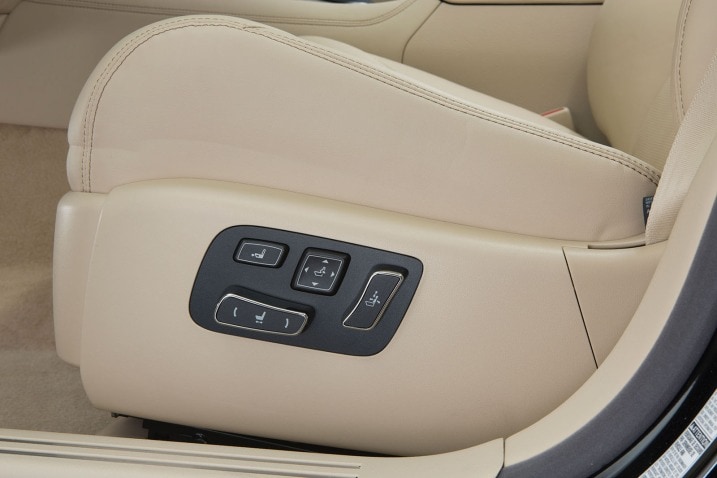
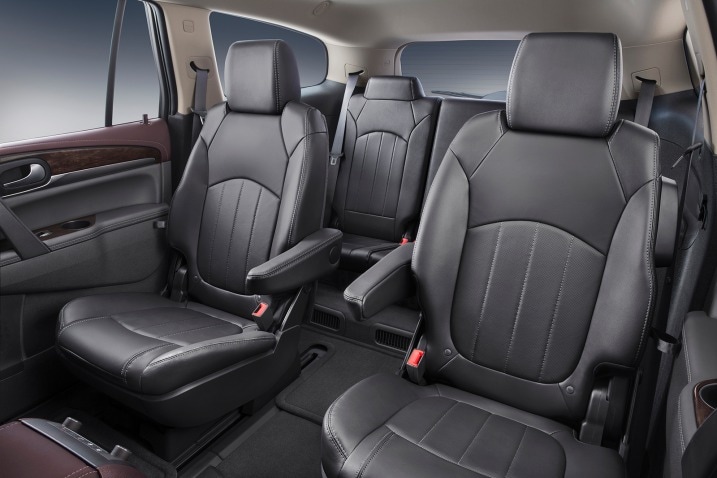
 by
by 
